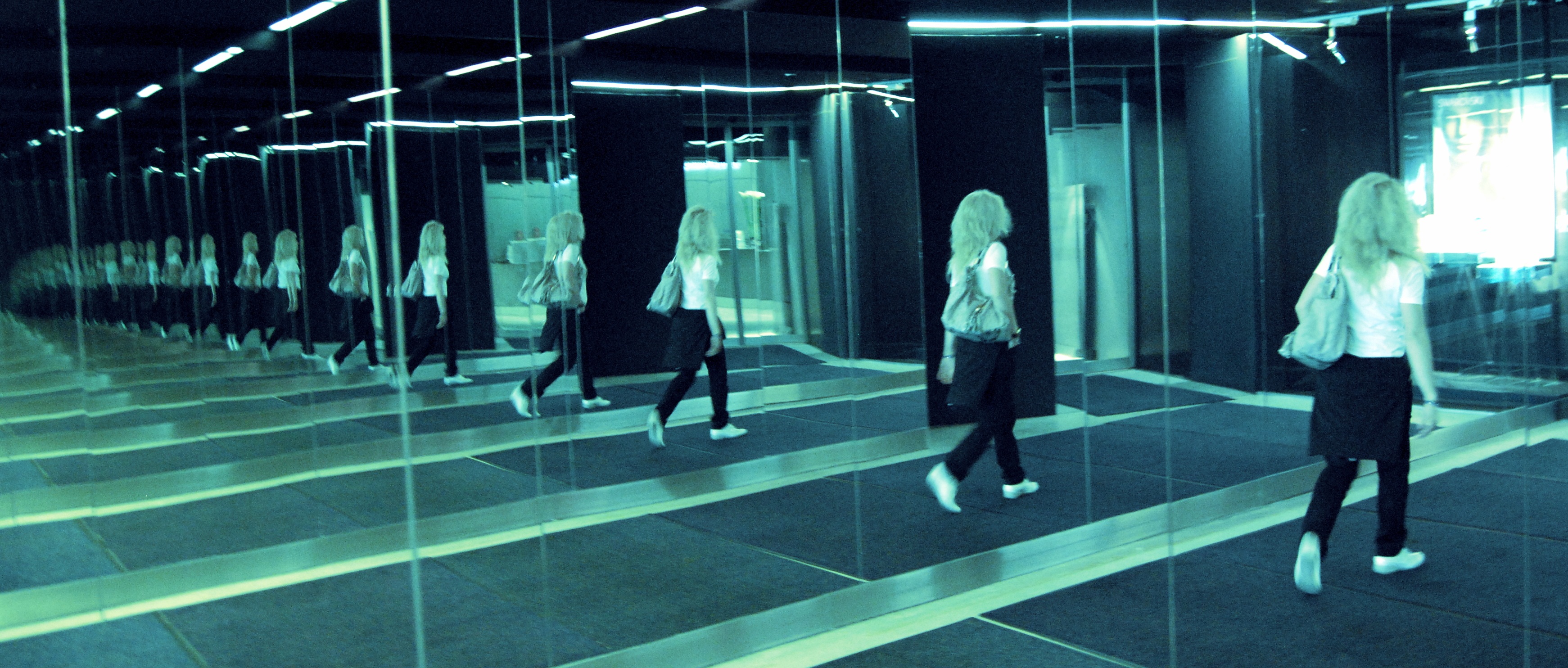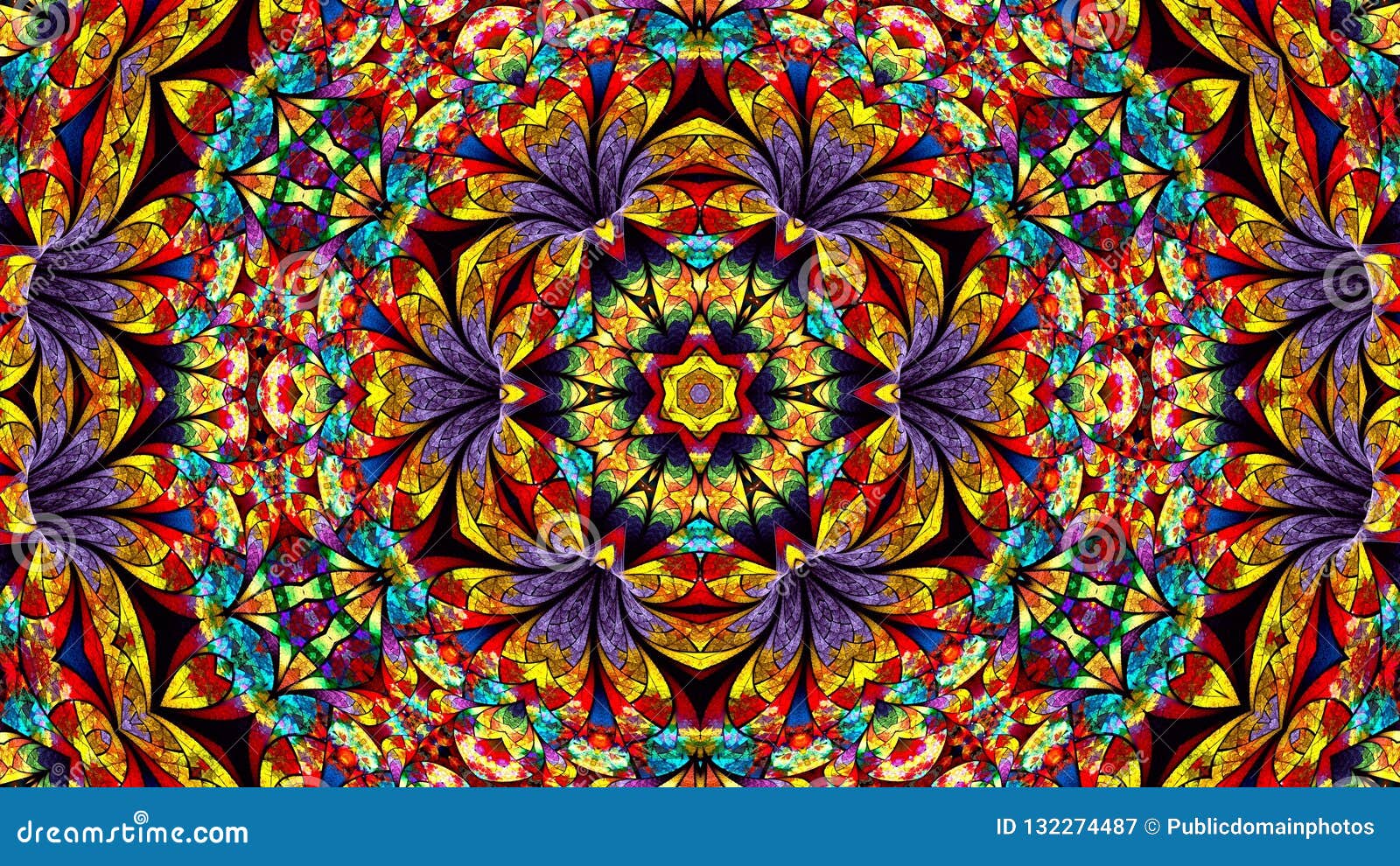 |
| Photo © Cathy Weeks |
When I was designing my BB-8 hat (which is STILL not ready for publication), I figured out how to do some pretty cool things with pompoms. Like create stripes and layers, and even polka-dots.
It's surprisingly easy to do, but also kind of unintuitive, in part because it feels like you are doing it out of order. Here's the trick:
You work from the top down for the first half, then from the bottom up, for the second half. But .... I'm getting ahead of myself.
Notions:
Pom-pom maker (I like the Clover ones, and have them in ever size they offer), but a cardboard doughnut will work. Yarn in several colors, scissors.
Making Pompoms:
I'm assuming you know how to make them already. If you don't, check out the pages below, and then make a couple of pompoms out of scrap yarn for practice.
https://www.thesprucecrafts.com/how-to-make-pom-poms-2116513
https://www.allaboutami.com/cloverpompommaker/
Making stripes - A Tale of Two Methods:
There are two basic ways to create stripes - and this is going to sound rather like a geography class. You can make stripes along the lines of longitude (easier to make, but harder to control), or you can make stripes along the lines of latitude (confusing, but much easier to control things like stripe thickness).
Latitude:
Ok, the thing to remember is that the strands closest to the ties go around the "equator" and the strands farthest away from the ties form the "poles". What that means is that the yarn color you wind first will become the pole, and you cover it up with yarn that becomes the equator. You also need to account for the number of stripes - even numbers are easier to work with. Half the yarn colors go on each half of the maker. If you are using an odd number, finish each half with a thinner layer of the
same color (it will form the middle stripe - the "tropics" as it were).
When you wrap, you will put your first layer down just in the center of the arc. Then you cover that with the next layer, and fill in a little bit on either side (not shown is the green layer). Like this:
 |
| Photo © Cathy Weeks |
Here's a pretty ugly hand-drawn diagram that may also help:
 |
Top: the green would fully cover the red, and the blue would
cover the green. |
Now, it's hard to represent colors that are in layers. But in the top image of the diagram, the red would be fully covered by the green, and the green would be fully covered by the blue.
Now, here's the hard part: When doing the first half, you work top down. When doing the second half you work bottom up. Now, this only matters,
if you care about the stripe order. If the order doesn't matter, then just have some fun (and just remember to end both halves with a thinner stripe of the same color, if you have an odd number). If the order does matter, here's a guide for you, using rainbow order (Red-Orange-Yellow-Green-Indigo-Violet):
| Color order | Three Stripes | Four Stripes | Five Stripes | Six Stripes | Seven Stripes |
Top half
| 1 | Red | Red | Red | Red | Red |
| 2 | Orange (thin) | Orange | Orange | Orange | Orange |
| 3 | | | Yellow (thin) | Yellow | Yellow |
| 4 | | | | | Green (thin) |
| | | | | | |
Bottom half
| 1 | Yellow | Green | Blue | Violet | Violet |
| 2 | Orange (thin) | Yellow | Green | Blue | Indigo |
| 3 | | | Yellow (thin) | Green | Blue |
| 4 | | | | | Green (thin) |
How thick do you make the stripes?
This will take some trial-and-error. When I designed my BB-8 hat, I actually counted the wraps for several different sizes. But for this, just have some fun and be creative. There are a few rules-of-thumb to remember, though:
- The "south pole" has a tendency to be hidden, as it is squished against the top of the hat. Make the first color on what will be the bottom half a little thicker to compensate.
- If aiming for equal thickness stripes and using an odd number, make the middle band (ie, the last color on each half) thinner, about half the thickness of the other stripes. The two halves will come together and make a normal-width stripe.
- If aiming for a wider middle band, and using an odd number, then make the last stripe on each half the same thickness as the others.
In a fit of over-enthusiasm, I made a TWELVE-color pompom, six colors on each side:
Longitude
To make longitudinal stripes, wrap an even layer all the way across the arc, and each color will cover the one below. With these stripes you need to make the stripes in each half about the same thickness, and in the same order, otherwise the stripes will not match up along the meridians. So, if you want a 4-color rainbow, wrap each layer all the way across, red, yellow, green, blue. Then flip the maker around, and red, yellow, green blue again.
Can you combine methods? Yes! Here's an example:
 |
Top: Latitude. Lower Left: Longitude. Lower Right: Shows how they interact
(left side shows the green longitude, meeting the yellow latitude equator on the right). |
Other tips and tricks:
- If you are repeating the yarn color, either in the same half, or in the other half, don't cut it. Just drag the tail along. These tails will get cut later, and trimmed to the right length. Believe me, this is MUCH less of a headache (especially if you're doing a polka-dotted one - more on that later). Only cut the yarn if you are actually done with it.
- If you tie it in the wrong place, no matter. Just thread your yarn tails onto a darning needle, stab it into the center of the pom-pom and bring it out where you want it.
I've made pompoms from cardboard doughnuts, forks, even my hand. I've gotten good results from all of them, but I think the best results come from the cardboard doughnuts and the plastic makers. And for convenience and ease of wrapping the yarn, nothing beats the plastic makers. Besides, I'm a total gadget-whore.
As for size, I have
all of them. But, if someone is getting just one, I'd advise getting the "large" set (65 and 85 mm; the middle image, below). I use the 65 mm by far the most. The biggest one is a blast, but it makes a pom-pom roughly the size of a newborn's head, and takes about 75 grams of yarn all by itself. If you are planning a hat with that one, you'll need an extra skein of yarn.
Clover also makes an
extra-small set, with 20 and 25mm diameters (.75" and 1").
Ready for some polka-dots?
See Part II of my pompom series.

























